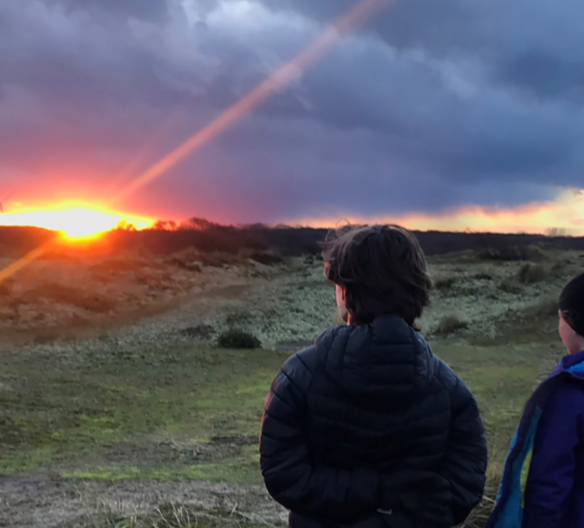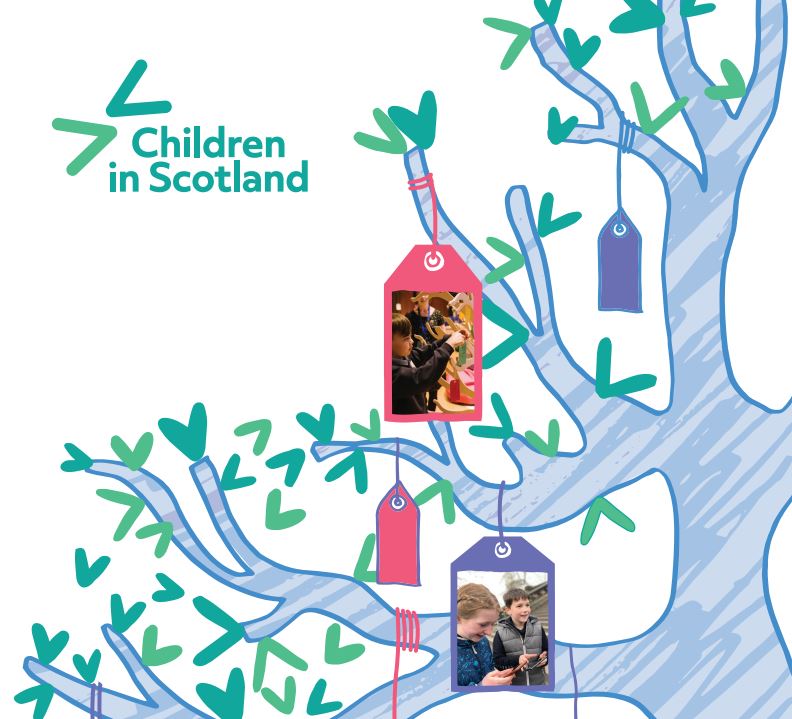Life through a child-rights lens
7 Sep 2021
Child rights impact assessments aren’t tick-box exercises but opportunities to review policy and practice, keeping children and young people at the very heart of what we do, writes Amy Woodhouse
As we edge closer to seeing the incorporation of UNCRC in Scots law realised, those of us working in the children’s sector have been reflecting on what this will mean for us as champions of children’s rights, but also as project leads and supporters of frontline services.
The UN Committee on the Rights of the Child recommends that all levels of government – national, regional and local – should complete a CRIA as part of their policy development. Child Rights and Wellbeing Impact Assessments (CRWIA) have been around in Scotland for a few years now, and the UNCRC Incorporation (Scotland) Bill places a statutory responsibility on Scottish Ministers to prepare and publish CRWIA on all legislation, statutory instruments and decisions of a ‘strategic nature’ relating to children’s rights and wellbeing. This specifically includes decisions around education delivery through the coronavirus pandemic.
For Children in Scotland, a key development is that we, now recognised as duty-bearers, must incorporate a Child Rights Impact Assessment (CRIA) within our organisational policy development and review processes. This will be true for many of our members and partners working across the children’s sector.
The reasons for undertaking the assessment are twofold. They help us to identify, analyse and record how our policies and procedures impact on children’s human rights and they give us the opportunity to make changes to enable children to better realise their rights across our organisational ways of working.
As third sector organisations, we are also starting to see CRIA appearing as part of funding criteria, with funders asking funded organisations to undertake rights assessments as part of their approach to embedding child rights in all aspects of their work. So, public or third sector, if you haven’t already begun using CRIA in your work, they are likely coming your way!
To the cynic, CRIA or CRWIA can be viewed as another bit of paperwork to fill in. If they are completed without curiosity, a commitment to change on the back of their findings or a review process, that is just what they will end up being. But as an organisation that has started to use CRIA routinely, I am here to say – they are a good thing.
Here’s five quick reasons why:
- They ask you to identify what articles of the UNCRC a particular policy relates to. This encourages you to really think about how policies such as data protection, ethical fundraising, or lone working for example can uphold children’s rights.
- They encourage you to read and explore the topic specifically with a child-rights lens. This includes seeking out information about what children and young people have said on this topic. We know this approach is crucial for keeping the child at the centre of our work.
- They ask you to consider how different groups of children may be affected by this policy, facilitating recognition of the varying impact on different demographics. This encourages organisations to proactively plan, rather than react, to different circumstances if they arise.
- They ask you to consider any negative impact on child rights a policy may have. We have not (to date) identified anything significant here, but we have identified where existing policies could be made clearer.
- They encourage you to engage your stakeholders. This has to be manageable and proportionate, but it is a reminder of how important those who have an investment in the work you are doing, either as facilitators or as recipients, are. At Children in Scotland, we are thinking about how we can work with Changing our World, our advisory group, on key policies in a new way.
Our organisational confidence and skill in undertaking (and applying) child rights impact assessments will no doubt develop and strengthen over time. However, even at this early stage, it feels like they have brought fresh insight and perspective to our work, which has helped to build a child-rights focus into our organisation’s bones. And that can only be a good thing.
If you want to discuss any aspect of how to incorporate a Child Rights Impact Assessment (CRIA) within your organisational policy development and review processes, please get in touch with us. We’d be happy to help
Amy Woodhouse is Children in Scotland’s Head of Policy, Projects & Participation, click here to email her at awoodhouse@childreninscotland.org.uk

About the author
Amy Woodhouse is Children in Scotland's Head of Policy, Projects & Participation
Click here for more
Hope in hard times
Our 2021-26 Manifesto is backed by organisations from across the children's sector
Click here for more
Take our route to learning online
We're offering a full programme of webinars to cover all your training needs
Click here to book
Participation guidelines
Our refreshed publication can help children's voices to be at the heart of participation work
Click here for more